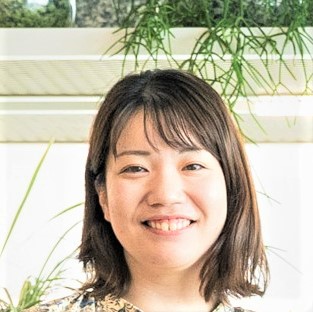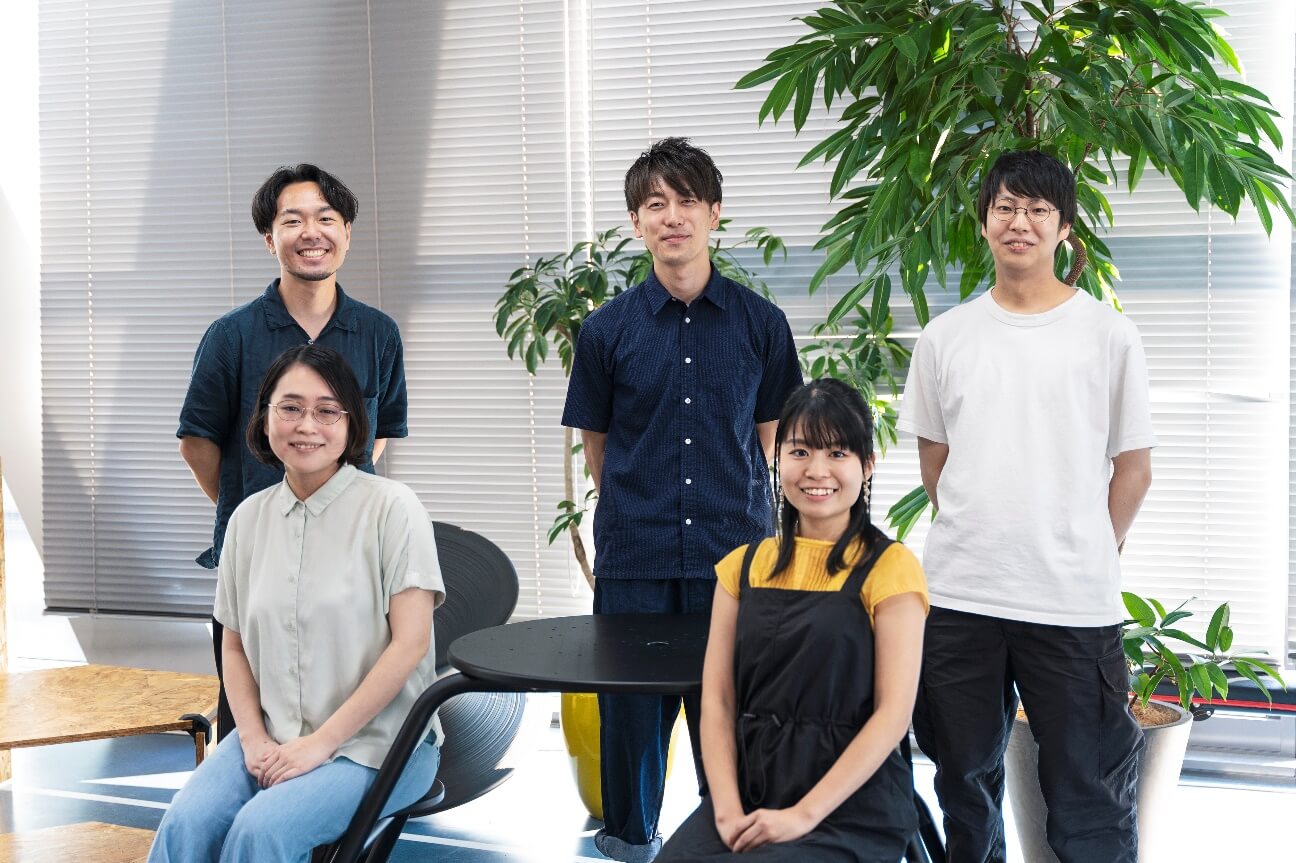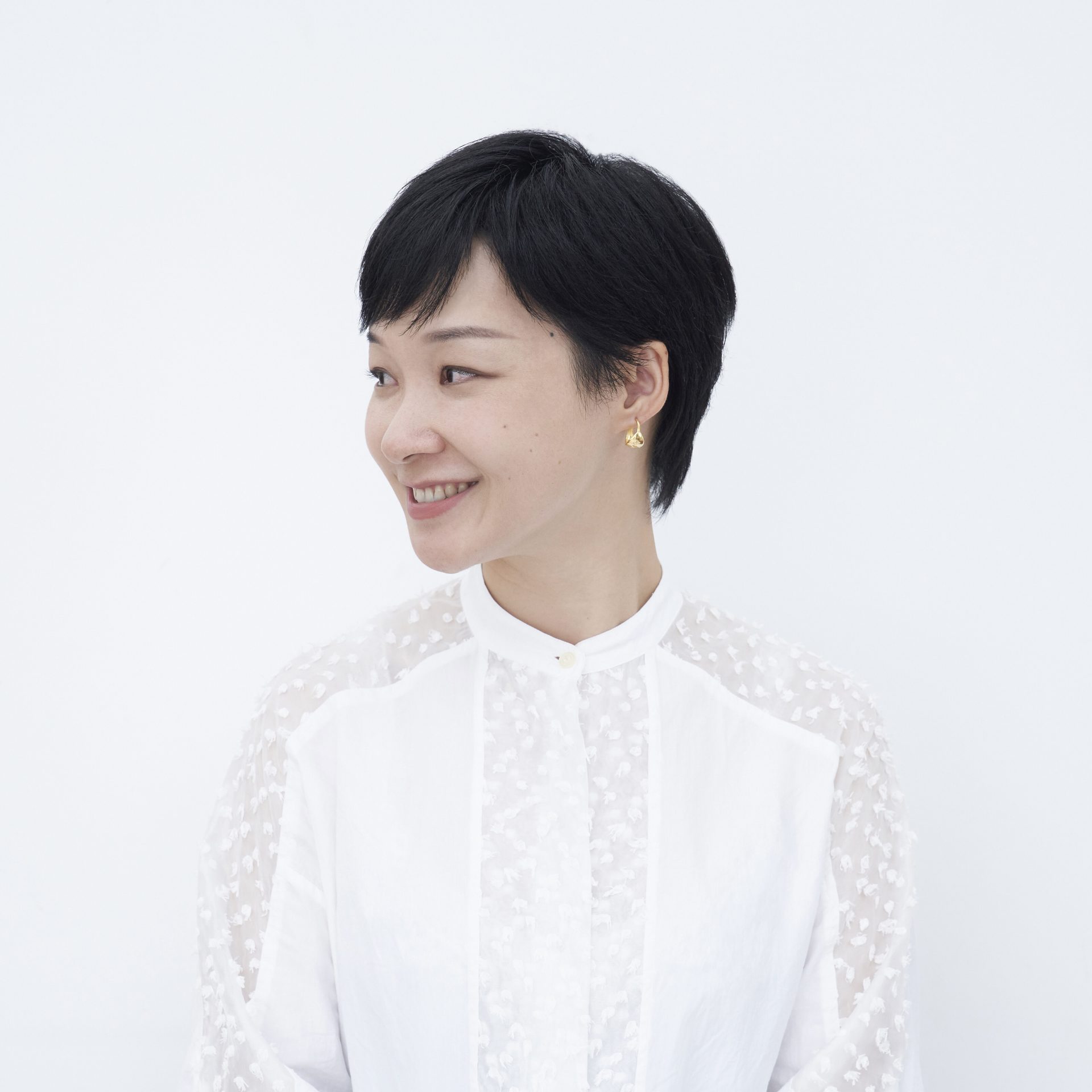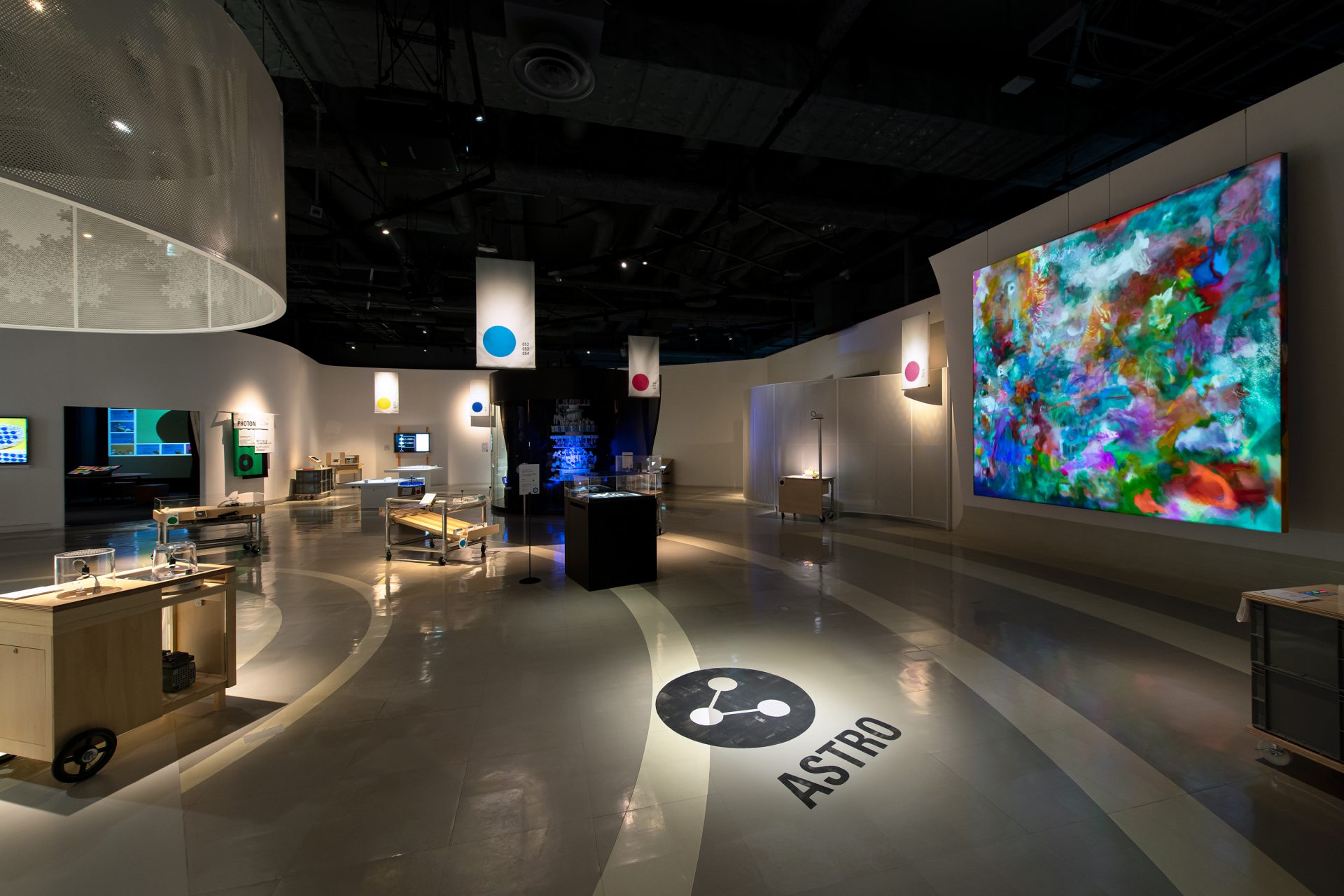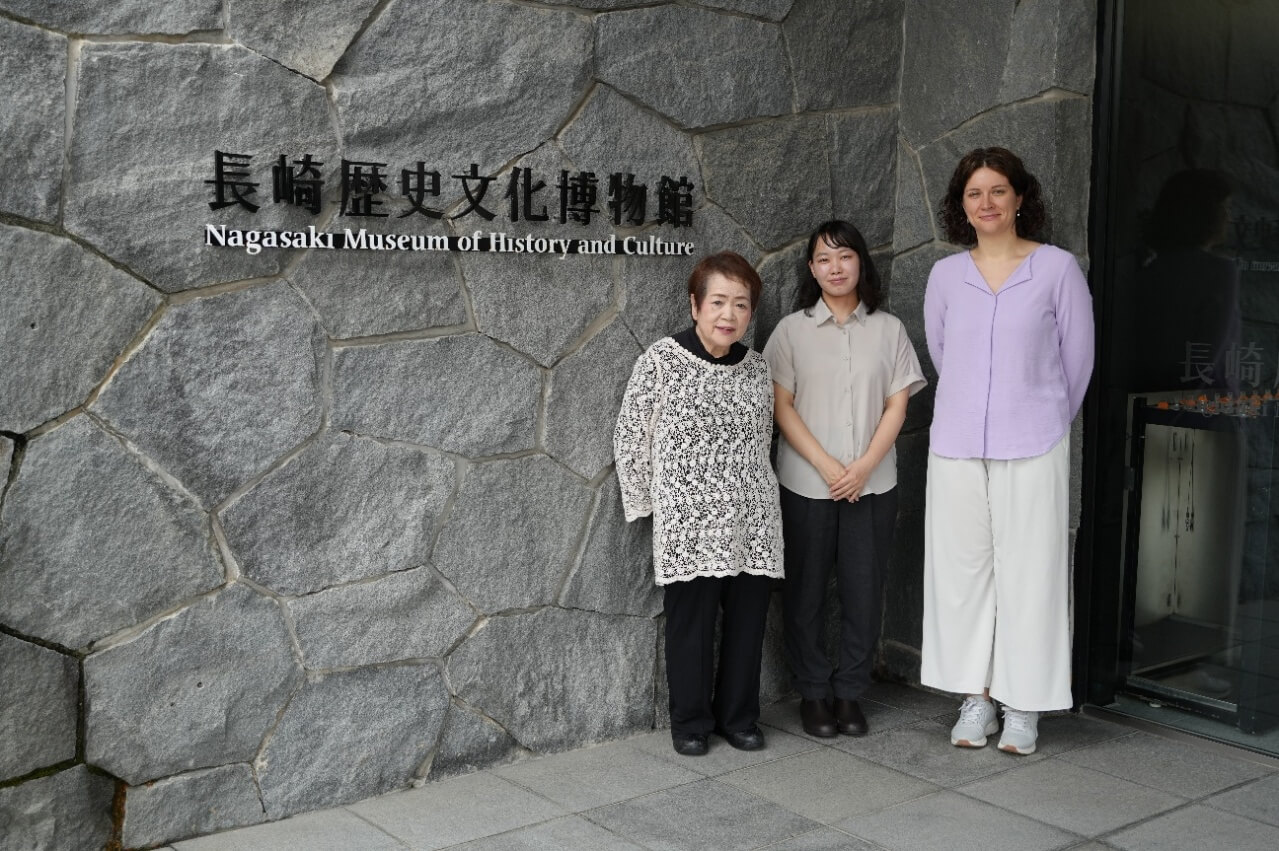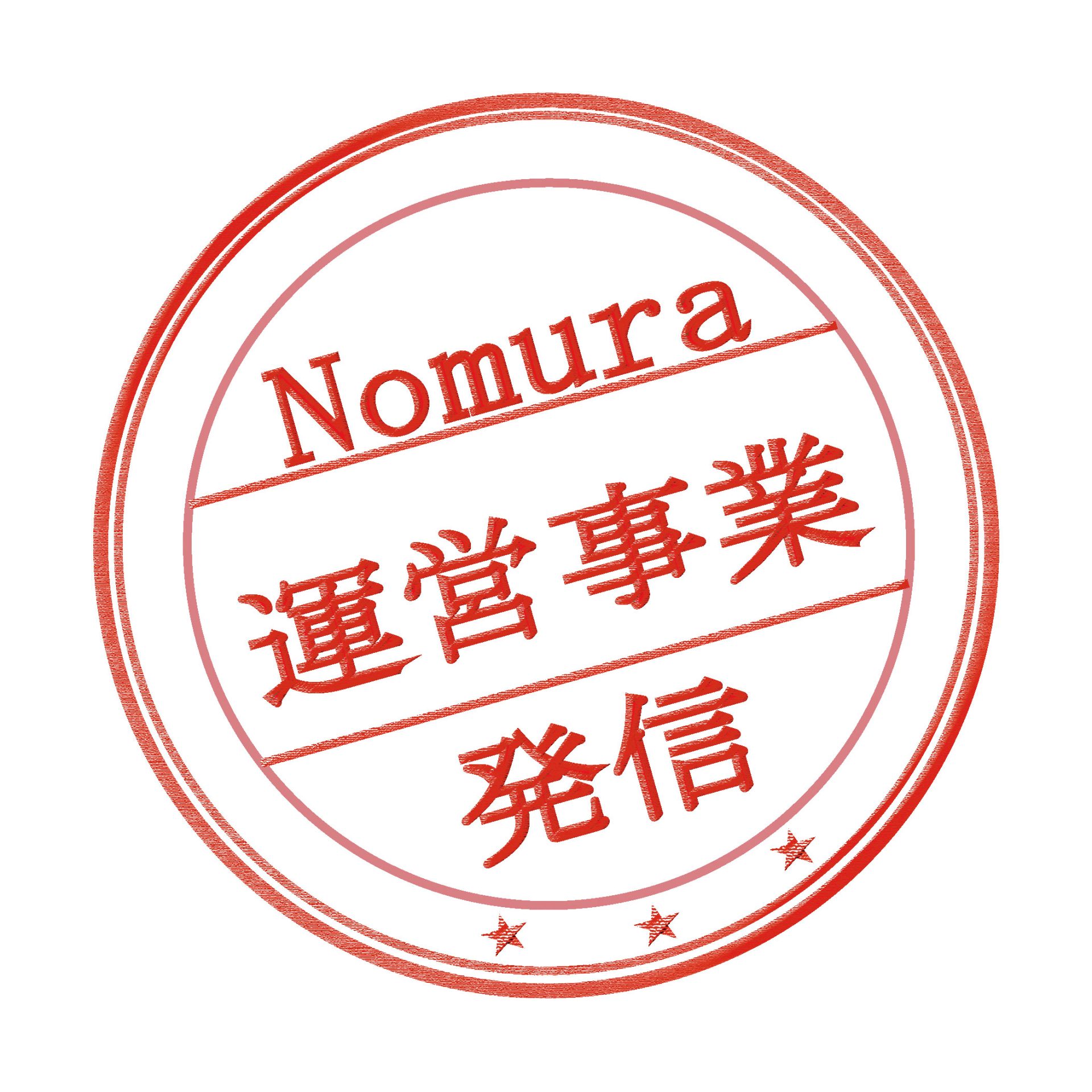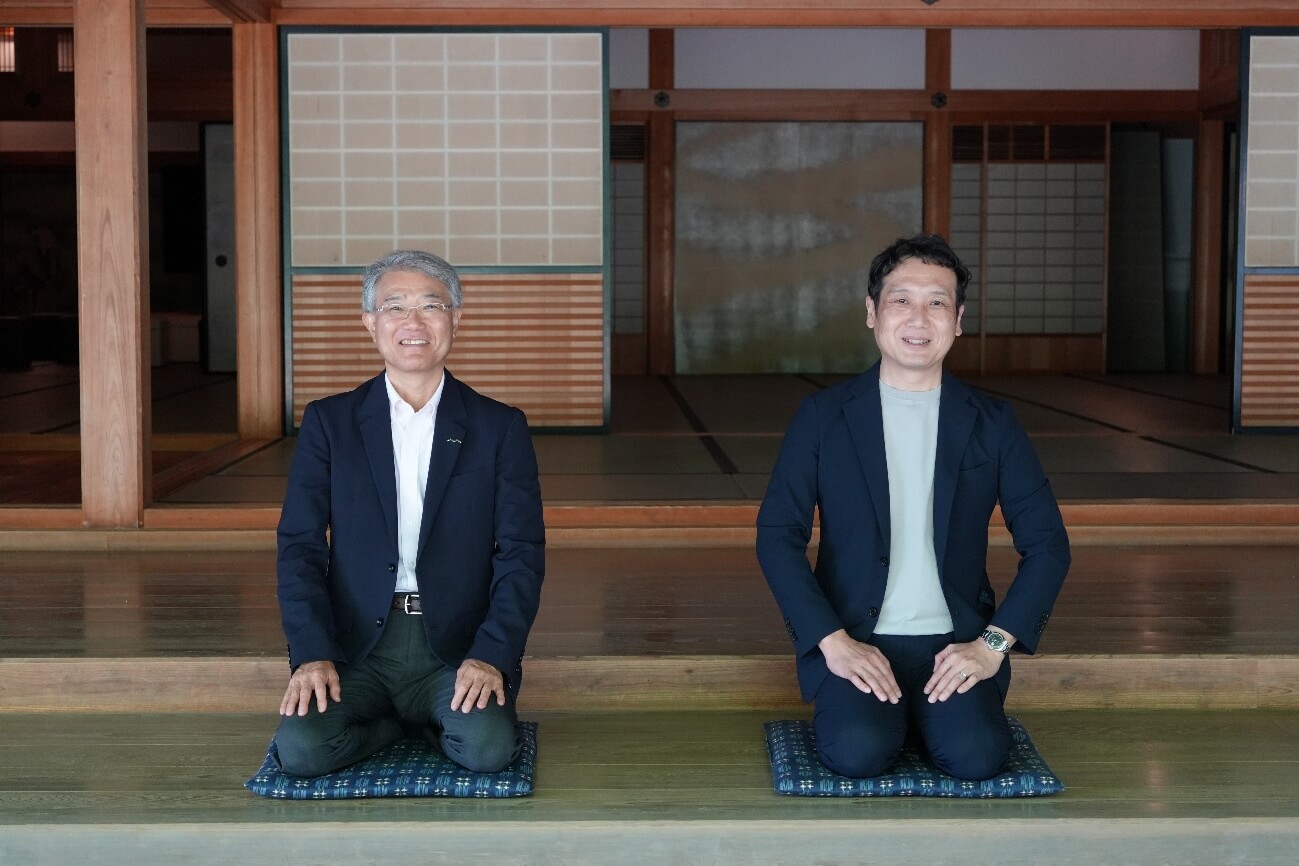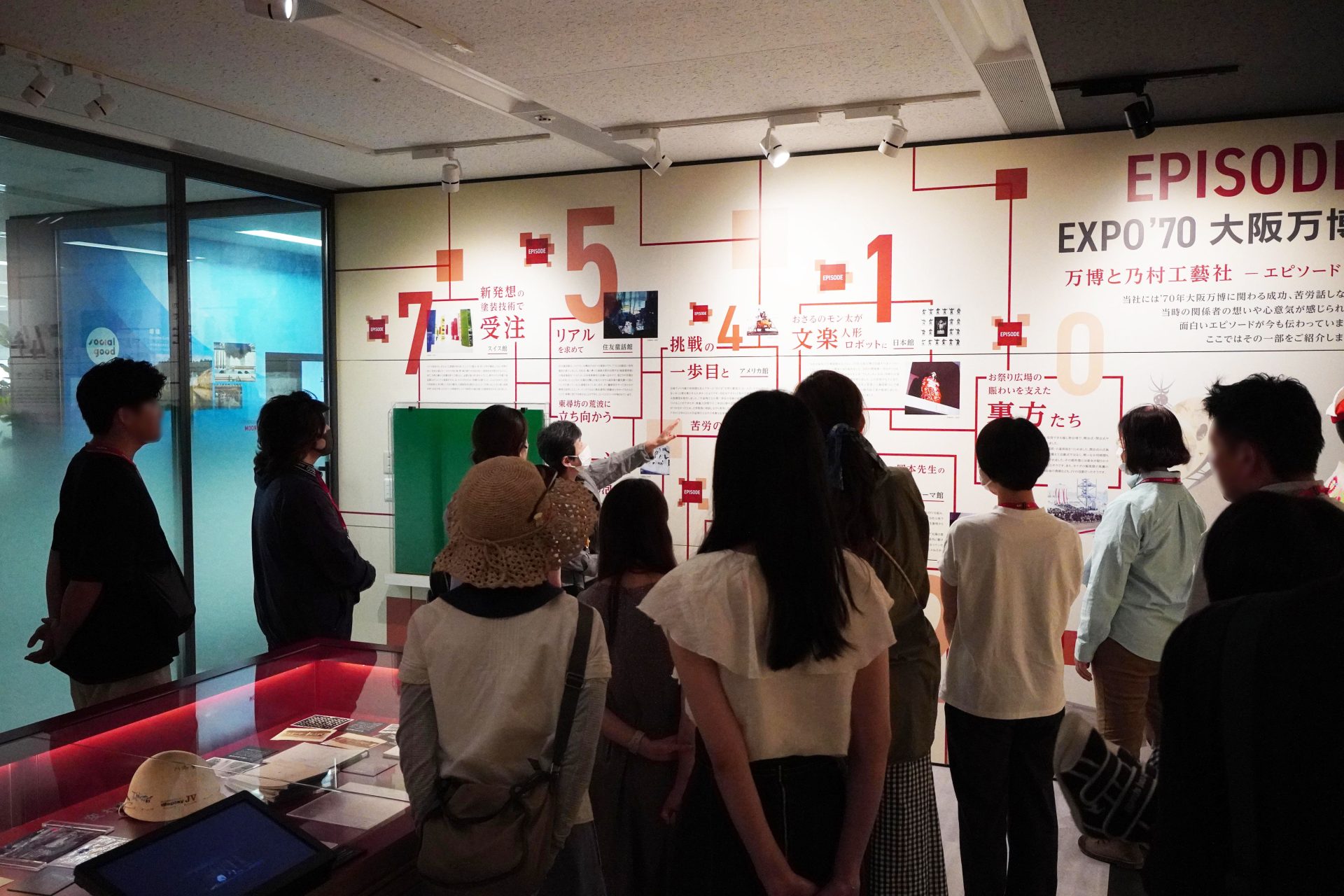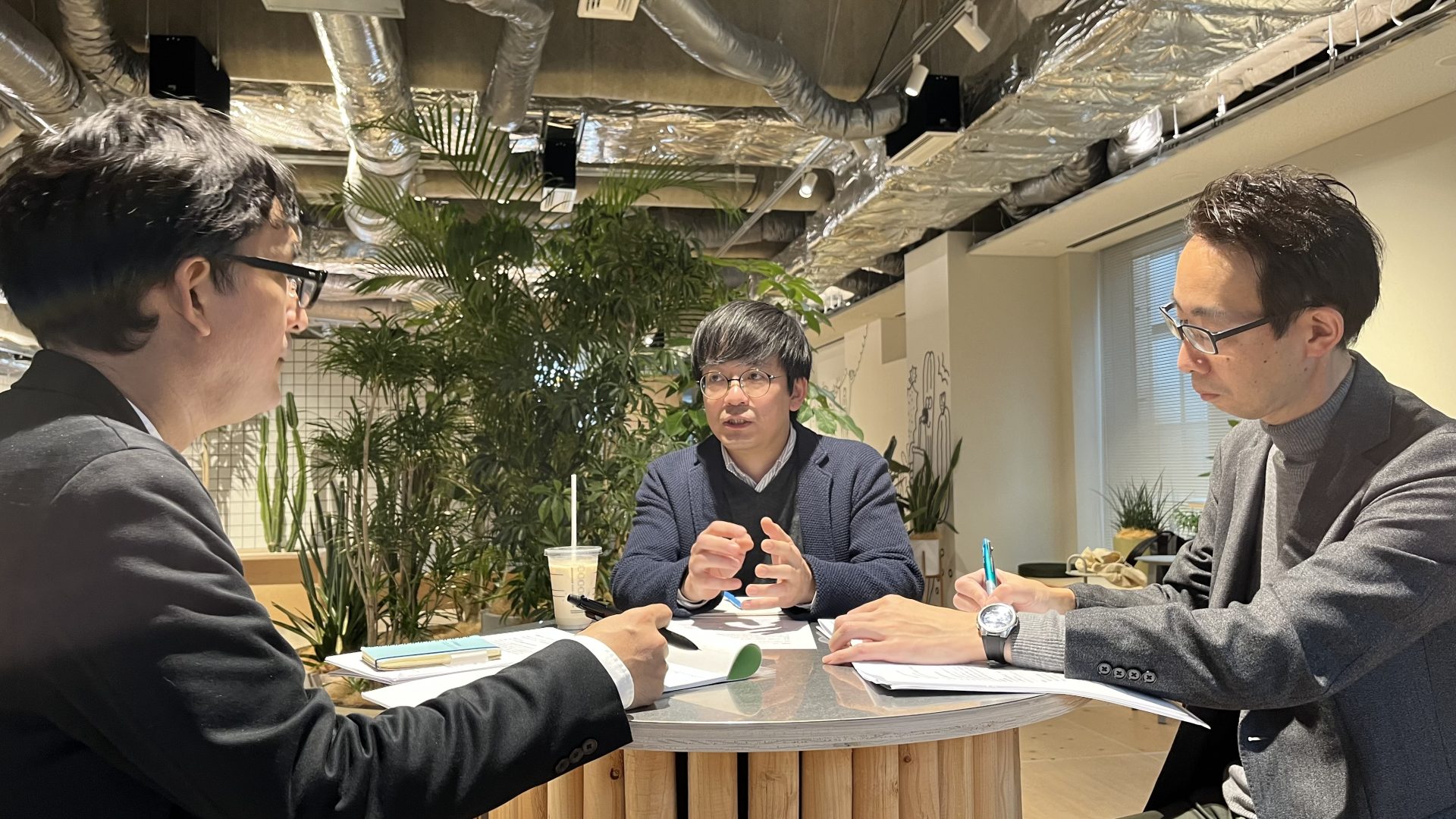- text and edit by
- Aoi Okabe
How children spend their time after school is a major issue in society today. There are issues such as overcrowding in childcare facilities and being busy with extracurricular activities and cram schools, which means children are unable to find time to play freely. In December 2023, the government will announce the "Guidelines for Creating Places for Children," which recommends circulating the "four perspectives" of "increasing," "connecting," "polishing," and "reflecting" as concrete efforts to create places for children.
NOMURA Co., Ltd. has been involved in the Kawasaki City-run "After School Place Creation Promotion Project" together with "After School NPO After School," which aims to enrich children's after-school places. (Implementation period: July 2024 to March 2025)
This time, the subjects of the "Creating a Place for Children After School" project were an elementary school and a children's cultural center in Kawasaki City. How did these two places change? Also, what was the process that led to the changes? The project members gathered together to look back on those days and talk about their thoughts on "Creating a Place for Children."
Non-profit organization After School NPO
We are working to realize a safe and fulfilling after-school time for elementary school students all over Japan. We operate "After School," an after-school space that utilizes school facilities, and have been involved in the opening and operation of 21 schools so far, developing a model. We also work with companies and organizations to create experience opportunities all over the country. In order to spread the know-how we have cultivated through these projects throughout Japan, we have also begun full-scale projects to enrich after-school time in collaboration with local governments.

[Interviewer]
"After School NPO"
National Children's Place Support Team
Takeshi Watanabe (second from the right in the front row)
Local Government/Business Collaboration Team Afterschool Designers
Mariko Arai (second from the left in the front row)
NOMURA Co., Ltd.
Business Production Headquarters, Third General Affairs Department, Public-Private Partnership Business Development Department
Tomokazu Nakamura (back row right in photo)
Business Production Headquarters, Third General Affairs Department, Public-Private Partnership Business Development Department
Aoi Okabe (photo back row left) Facilitator
Creative Headquarters Future Creation Research Institute Social Design Department I&A Design Lab
Mari Matsumoto (photo front row left)
Creative Headquarters, Second Design Center, Design Department 1, Koga Room
Yamato Suzuha (photo front row right)
Text: Shoko Minamoto
Photo: Tomo Kawakami
Creating a space that incorporates children's voices into the environment and activity design

Watanabe
We are an NPO specializing in after-school activities. In addition to operating after-school spaces, we work with companies to provide experiences for children in various locations across the country, and we work with local governments to create systems to promote "creating a place for children after school." When we worked with Kawasaki City on another project, we heard that they would focus on creating a place for children at the turning point of the 100th anniversary of the city's administration.
Okabe
This involves planning activities and creating the environment for the "elementary school" and "children's cultural center."
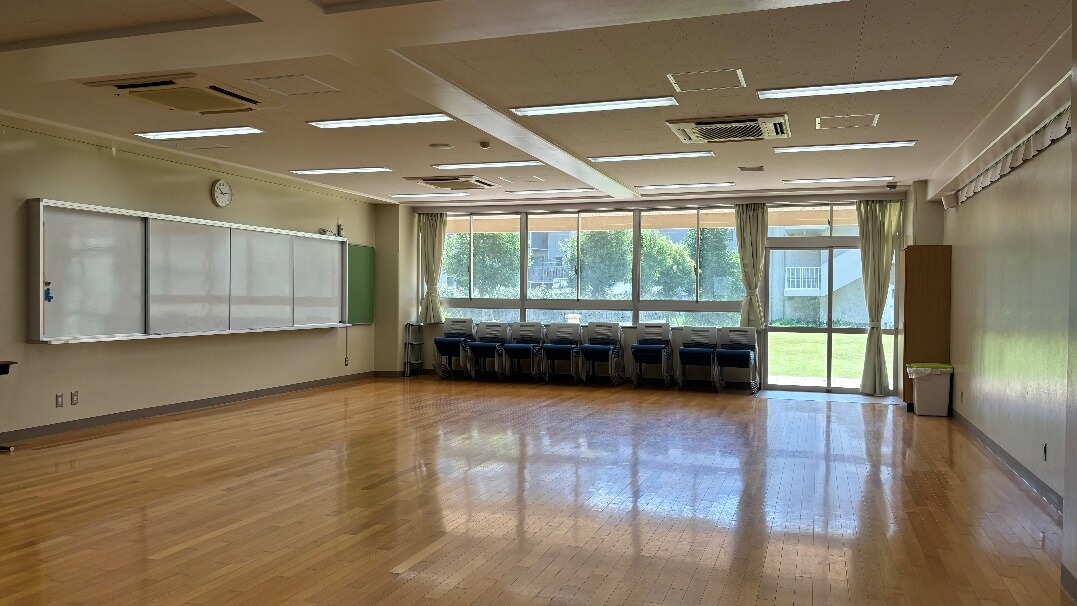 Elementary schools covered by this project (special activities classrooms)
Elementary schools covered by this project (special activities classrooms)
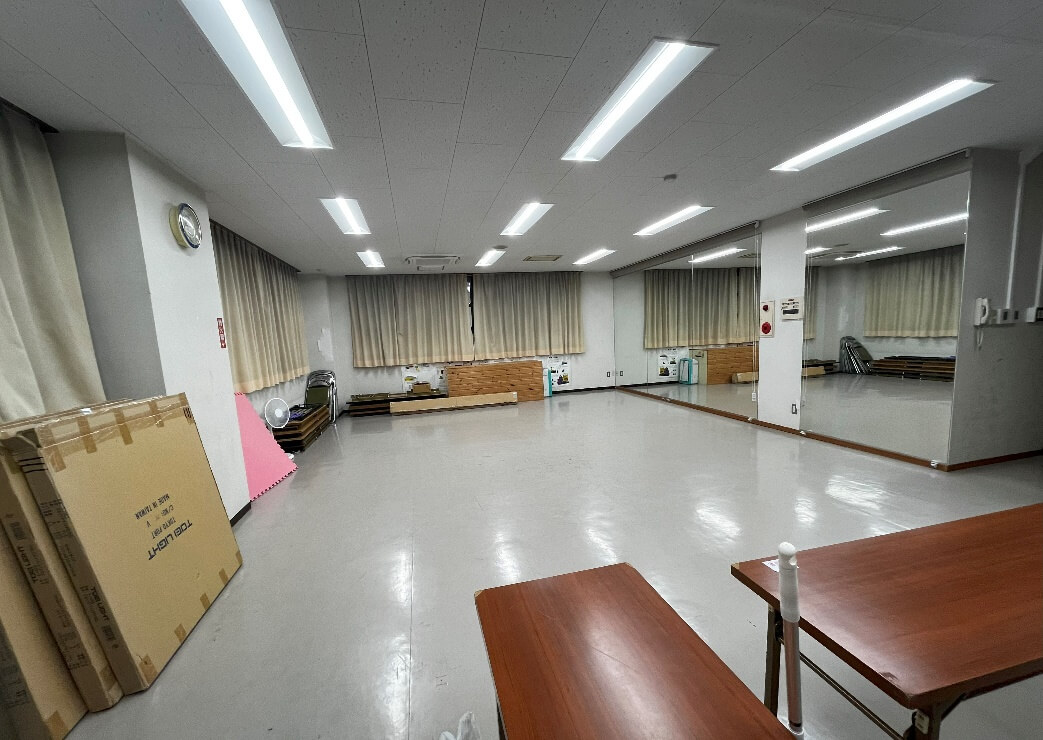 Children's Cultural Center (conference room) that is the subject of this project
Children's Cultural Center (conference room) that is the subject of this project
Watanabe
The idea was to use the voices of the children to create a place where the children themselves would feel like they wanted to be, go, and try things. That was the kind of demonstration project it was. When I heard about it, I felt that it should not end with a demonstration project, but should be something that can be used in the long term. So I decided to focus on the aspect of "creating the space and the environment," and contacted NOMURA Co., Ltd., a professional in space creation.
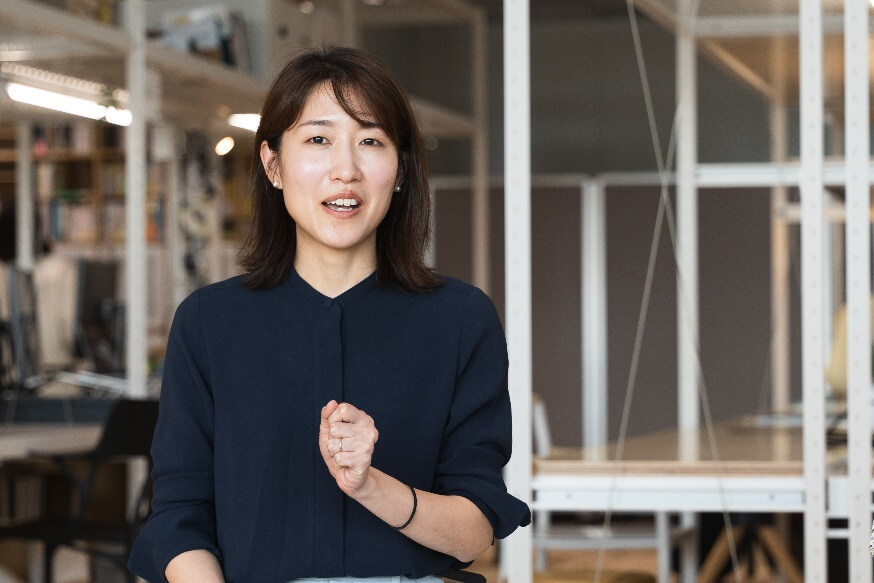
Nakamura
NOMURA Co., Ltd. has been working on creating places for children for some time. However, until now, it seems that the focus has been on places for preschoolers and amusement facilities where children can go with their parents. However, we have always had the feeling that "it will be necessary in the future society to enrich the everyday places where school-age children can spend time by themselves after school." That's why we were very happy to be able to work together on this project.
Watanabe
We had no precedent for working together as a joint venture... It was also the first time we had worked together with another company to create a proposal, so we were feeling our way around. But I felt from the beginning that we were in sync.
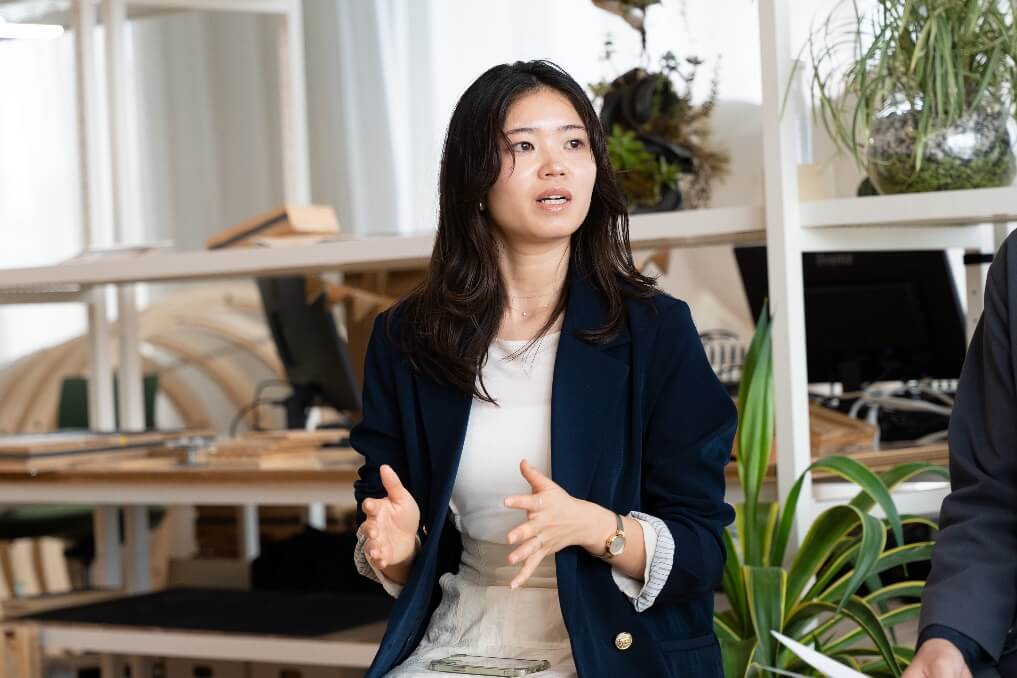
Arai:
Even at the proposal writing stage, we had already had a fundamental discussion about "what kind of space do we need?" I think that's why things went smoothly after we actually got the proposal. There was no hesitation among the members.
"Participating in creating a space" - Providing experiences to children
Okabe
As we were thinking about how to create a place for children to gather, we decided to hold a workshop to hear the opinions of children. Could you tell us about how you organized the workshop?
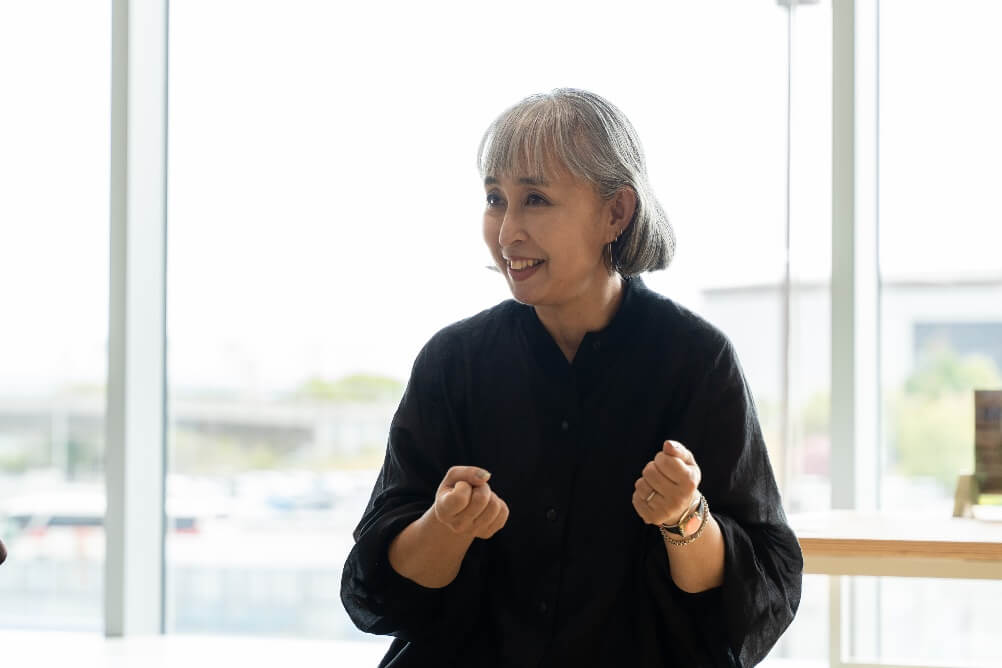
Matsumoto
The children's "ownership" is extremely important. That's what I felt first. We wanted to provide the children with the experience of "participating in creating the space." Beyond that, the children's thoughts would come into play, and those would be reflected in the space. They would be able to use their own thoughts in creating their own space. That experience would surely be of use to the children in the future. With those thoughts in mind, when I was approached about this project, I thought "I have to do this."
Because all the project members were on the same page, the design of the workshop went very smoothly. By discussing with Watanabe and Arai, we had a hunch that this would be a very good workshop even at the planning stage.
Okabe
The elementary school workshops were aimed at younger students, while the Children's Cultural Center workshops were aimed at older students. How did you differentiate the content of the workshops?
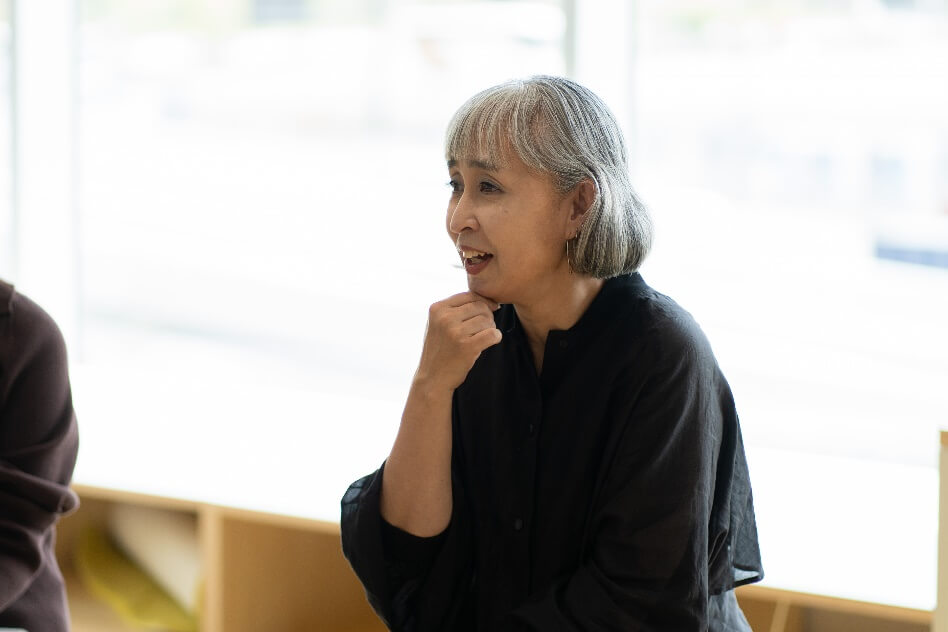
Matsumoto
At first, I thought, "Everyone should come together regardless of grade level."
I thought that the older children might be aware of the opinions of the younger children. However, I thought it might be a little difficult to create a place where everyone could talk openly. This time, the main purpose was to gather everyone's voices. Therefore, I divided the students into two groups, lower and upper, who had the same experiences. I think that was a good choice this time.
Visualizing feelings, workshop using cards
Matsumoto
While there are children who can't express their feelings well and are not good at talking, there are also children who love to talk. With all kinds of children, I thought, "If there were cards that could visualize their feelings, they could be useful."
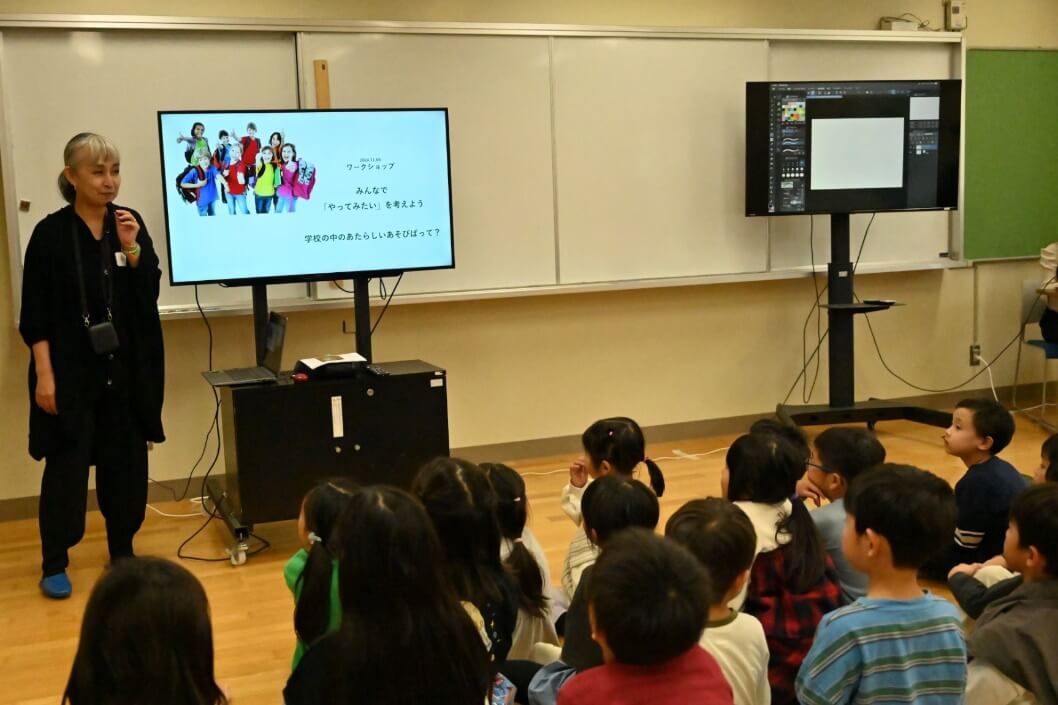
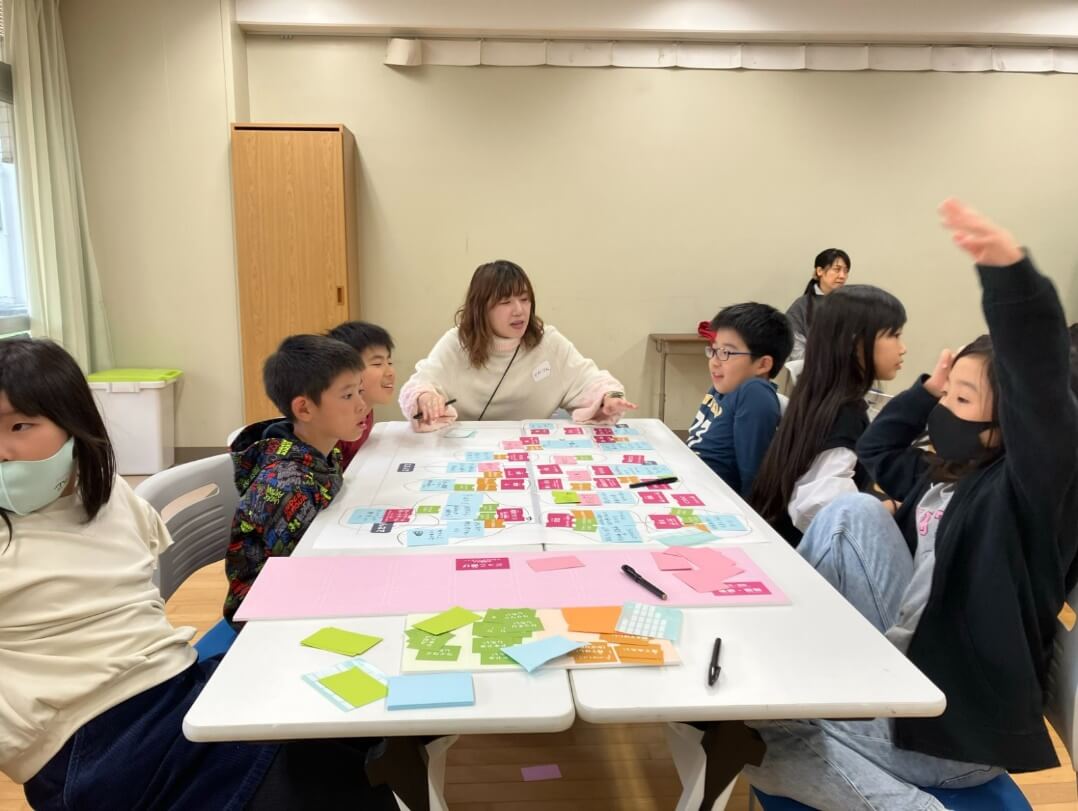
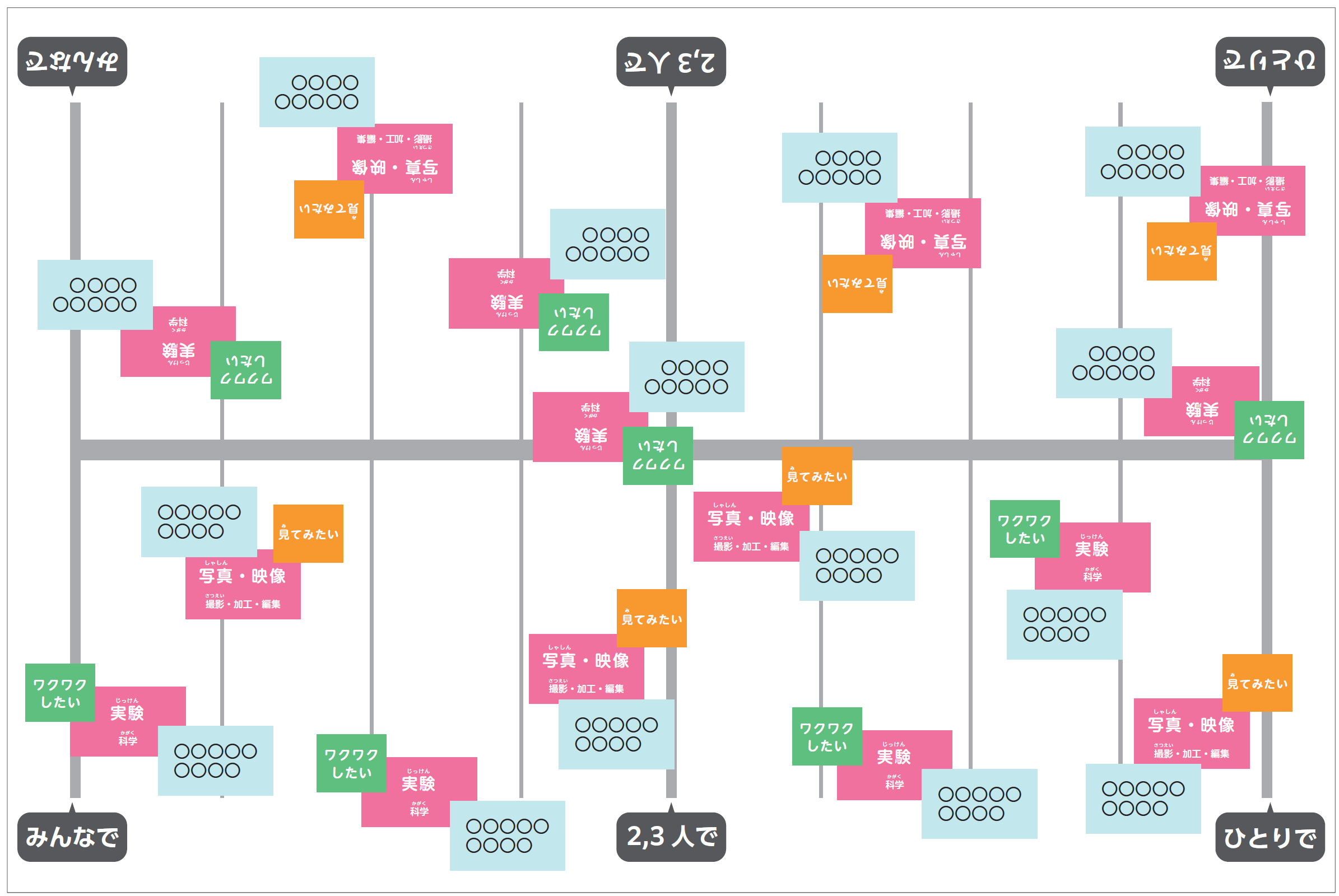
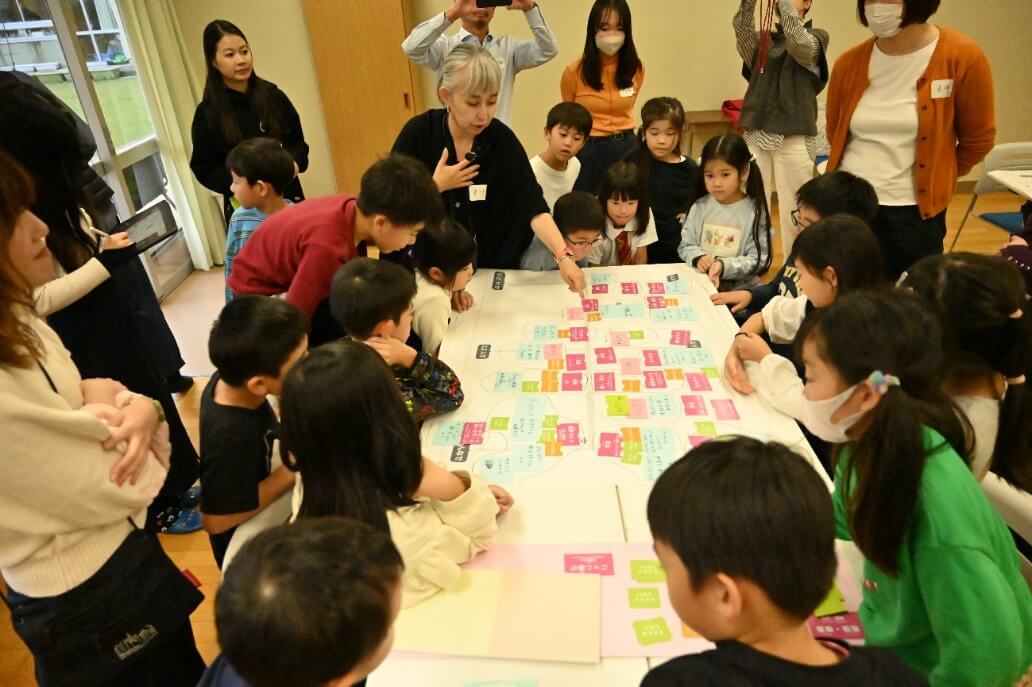
Arai:
I realized a lot of things at the workshop. We have listened to children's voices at workshops and held children's conferences in the past. However, I think we have not been able to fully listen to the voices of each individual child.
By using the cards this time, each person's work was accumulated and made visible. I was surprised to find out that there was such a good way to do things. The scope of what an adult can hear from children is limited. But with this method, we can hear the children's backgrounds.

Watanabe
"What do you want to do?" We always ask the children. However, we stop and dig deeper into the needs behind them, and ask them further. It was quite difficult for us to interpret the needs and turn them into proposals on our own. Understanding the needs behind them and how to fulfill them. I felt once again that it is important to be there for them.
Okabe
One boy at the Children's Cultural Center left a strong impression on me. He was writing down all the things he wished the place had on cards. I think he must have been thinking things like "I wish I could do this more" or "I wish I could do that" all the time, but he didn't have a place to let his thoughts out.
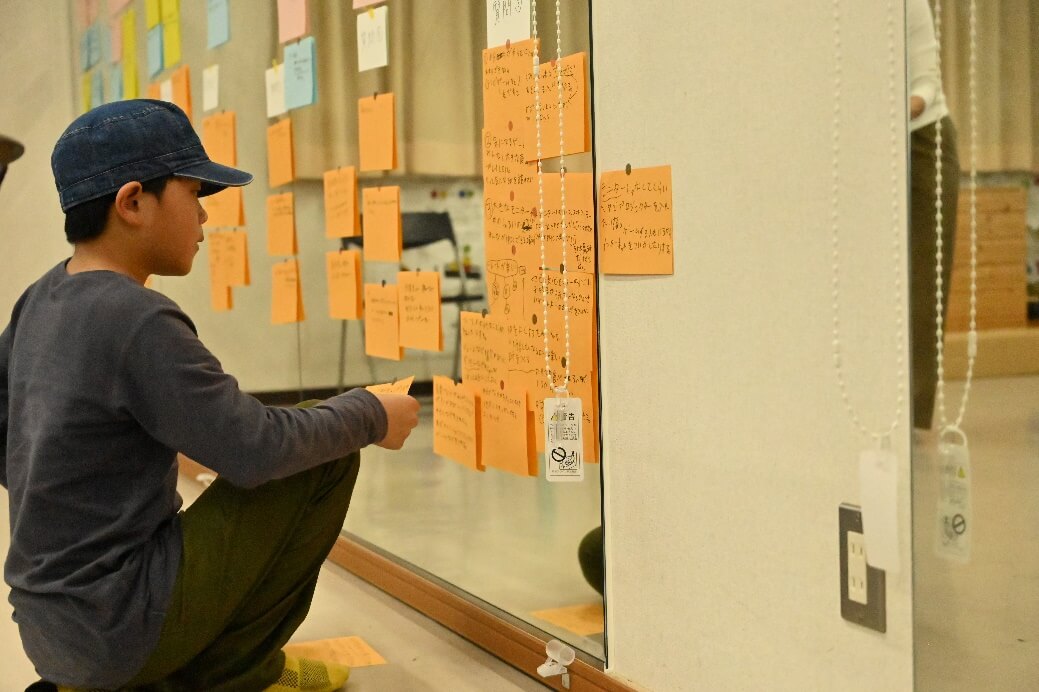
Matsumoto
I think the children had the experience of listening carefully to their own thoughts. There are many spaces that are created based on the experience and inspiration of the designer. This time, the children's thoughts and voices pushed the designers to incorporate the needs of the children into their design. How can our designs be used to create a place for everyone? A process was created that incorporated the idea of inclusive design. That's how it felt.
"Graphic recording" to visualize discussions
Okabe
To make it easier for the children to understand, we had them draw illustrations on the spot to visualize the opinions that came up during the workshop.
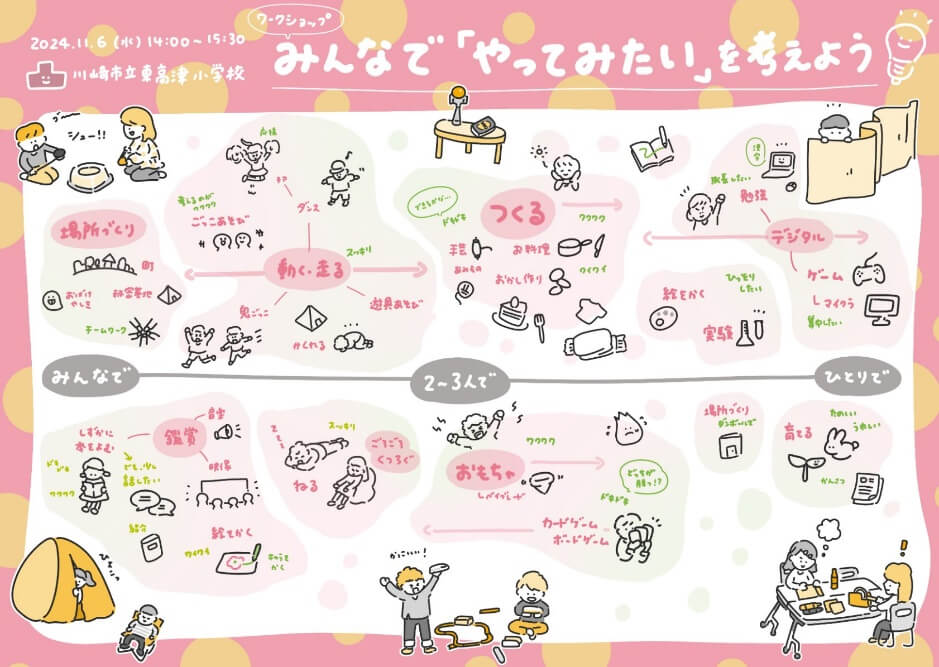 *Graphic recording created during a workshop at an elementary school
*Graphic recording created during a workshop at an elementary school
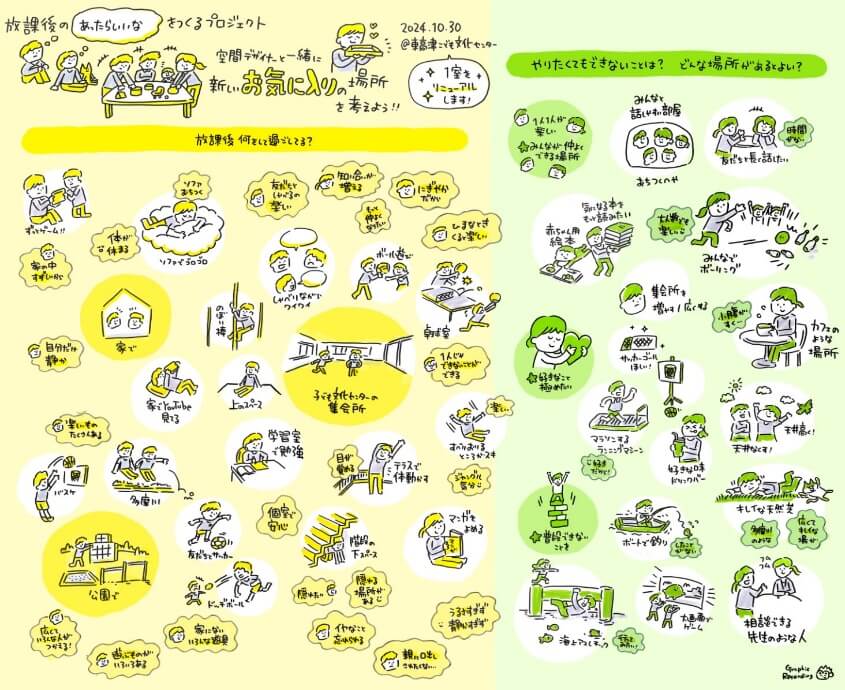 *Graphic recording created during a workshop at the Children's Cultural Center
*Graphic recording created during a workshop at the Children's Cultural Center
Yamato
The children were amazed when they saw the graphic recording, saying, "My opinion has already been turned into an illustration!"
Okabe
They want to roll around, they want to hide, they want to fight... What difficulties did you face when taking all the various opinions that came up and turning them into a design?
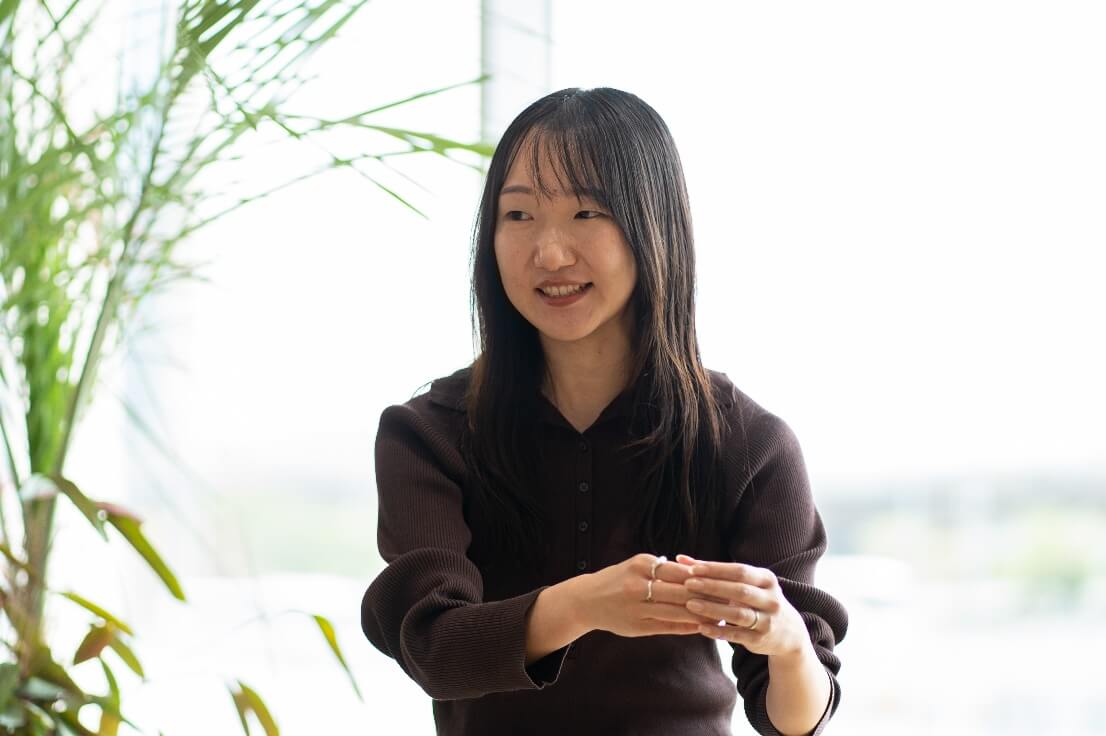
Yamato
This was my first experience with the process of digging deeper into the potential needs of children. Let me start by talking about the elementary school workshop. Due to the nature of the workshop, "specific games" came up at the top. For example, "I want to play Beyblade" or "I want to play Uno"... Most of the children were first or second graders, and they wrote down many feelings connected to the games they were playing, such as excitement and nervousness, on cards. However, it seemed that they were not yet able to verbalize the feelings that went beyond that, such as "why I'm nervous" or "why I'm excited."
Nakamura
Analysis requires help from adults, that is, from us.
Yamato
Yes. It's about putting things into words to make them visible. Even though we say "crafts" in one word, some children want to make things, while others want to show or showcase what they've made. We unraveled the needs that lie beyond the words of these children.
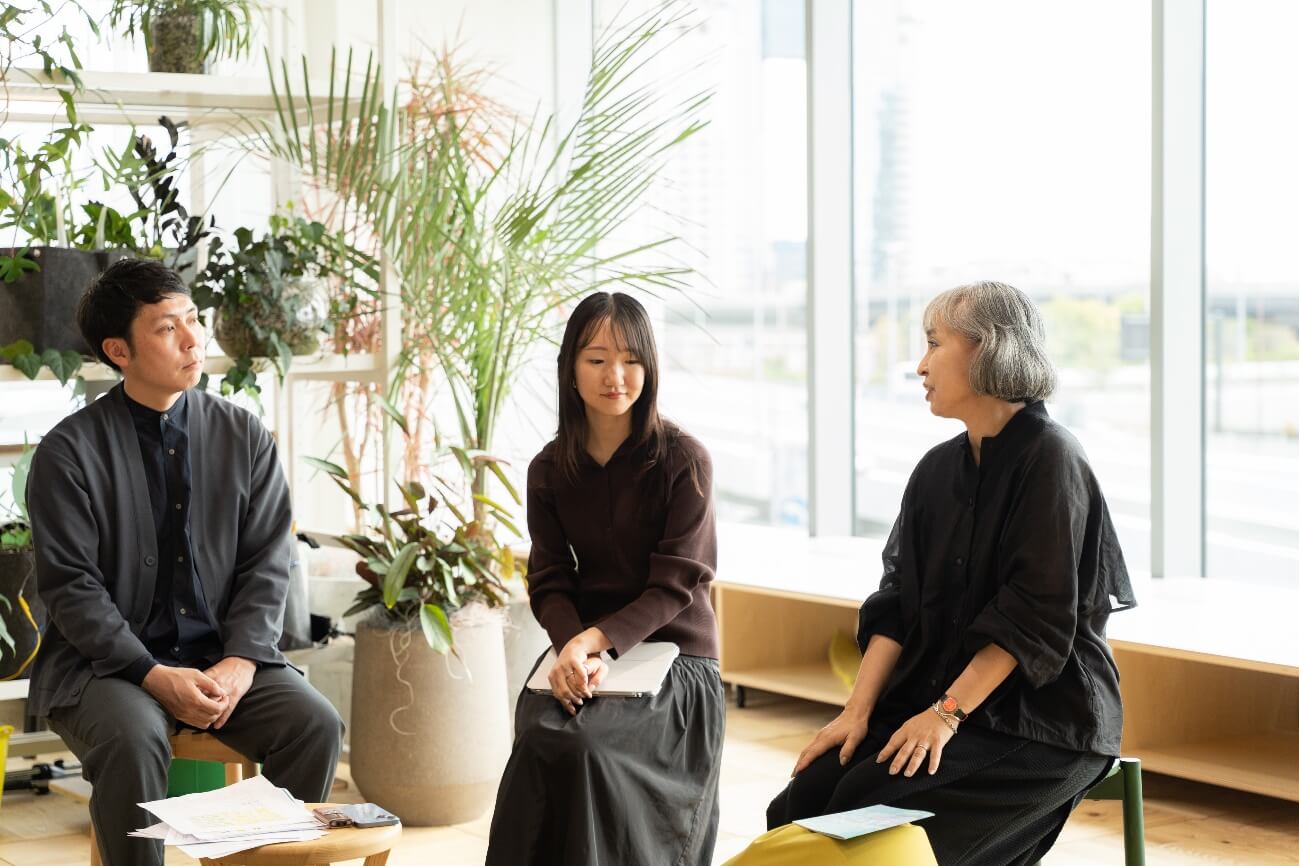
Matsumoto
One child said many things, such as "I want to do crafts" or "I want to draw pictures." Because they are in the lower grades, their interests haven't been narrowed down yet.
Yamato
That's right. So, I thought that for children in the lower grades, rather than playing with something with a specific purpose, it would be important to have a place where they could look around the room and go play wherever their interest led them, thinking, "I want to go there," or "That looks fun, too!" Let's design a place that would turn on the "that looks interesting" switch for each child. That's what we paid attention to when creating the space for the elementary school. As a result, we designed the elementary school to be divided into "a place to do crafts," "a place to lounge around," and "a place to lounge around and read a book."
Okabe
In contrast, the children's cultural center is mainly for older children. "I want to be with friends" "I want to be alone and relax" -- rather than what they want to do, they expressed a lot of needs about how they want to spend their time.
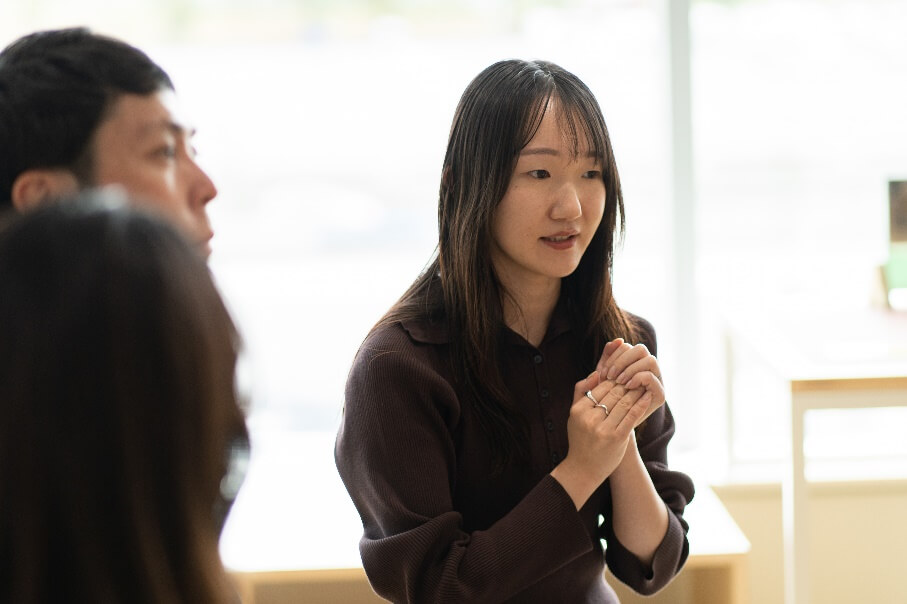
Yamato
How you want to spend your time is directly connected to how comfortable you are. This was especially evident in the upper grades, so we kept that in mind when we designed the facility. Rather than dividing the children based on how they play, we focused on how they would spend their time. We designed it so that children could choose their place based on how they wanted to spend their time, with different types and arrangements of furniture - counter seats facing the wall, rugs on the floor, a place where everyone can gather around one table. "It's okay to do whatever you want, wherever you like" is what makes the upper grades comfortable.
Matsumoto
An elementary school and a children's cultural center. We held workshops at two locations simultaneously and designed them based on those experiences, which is what made the differences apparent.

Watanabe
They were able to concretely incorporate things that we had been unable to reach. I think they understood not only the opinions of the children, but also the overall intention of the project and our everyday thoughts.
It's a bit short-sighted to think that we should separate the lower and upper grades. There are times when they can spend time together. But sometimes being together can leave both of them feeling unfulfilled. So it would be good if there were more options in the community. That's what I had in mind, so I was happy that this time they captured that very idea.
Arai:
There are good things about spending time together. But when older children are with younger children, they tend to just "take care of them" or "play with them." Adults also tend to assign those kinds of roles. So there should be options like, "I want to play with this, so let's go there," or "I want to take it easy today, so this is better." I think this episode really embodied that point.
After the workshop, we moved on to the design and trial implementation. To be continued in the second part.
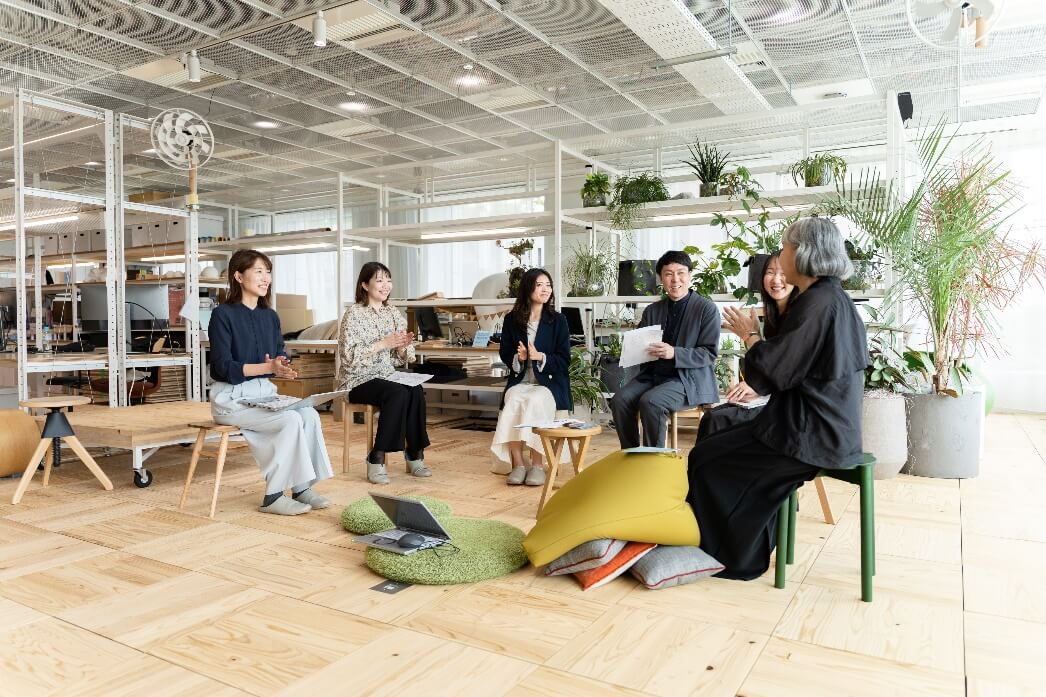
Like this article?
